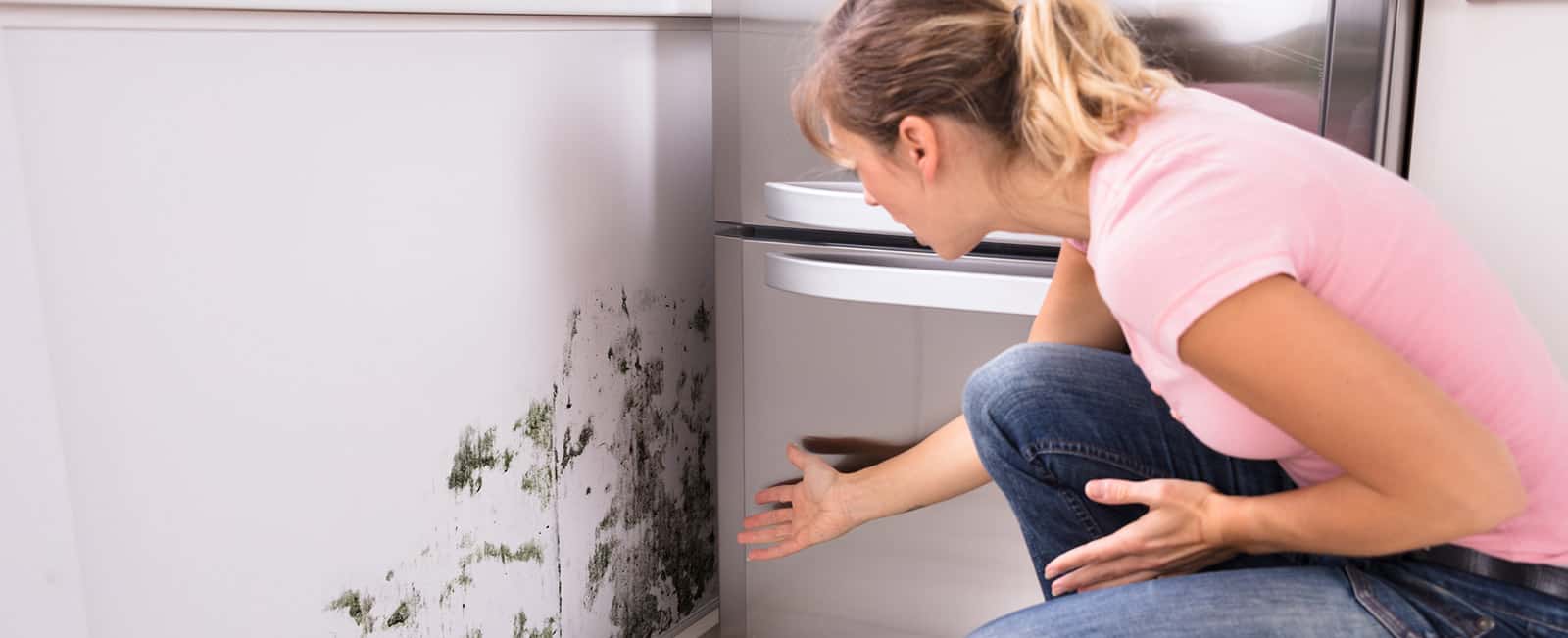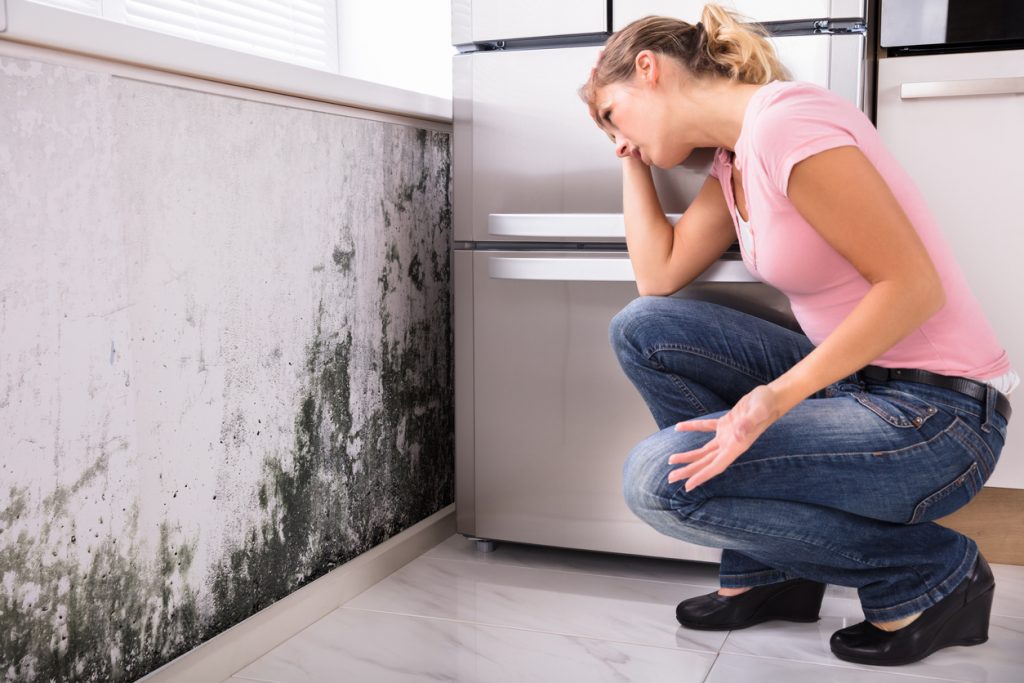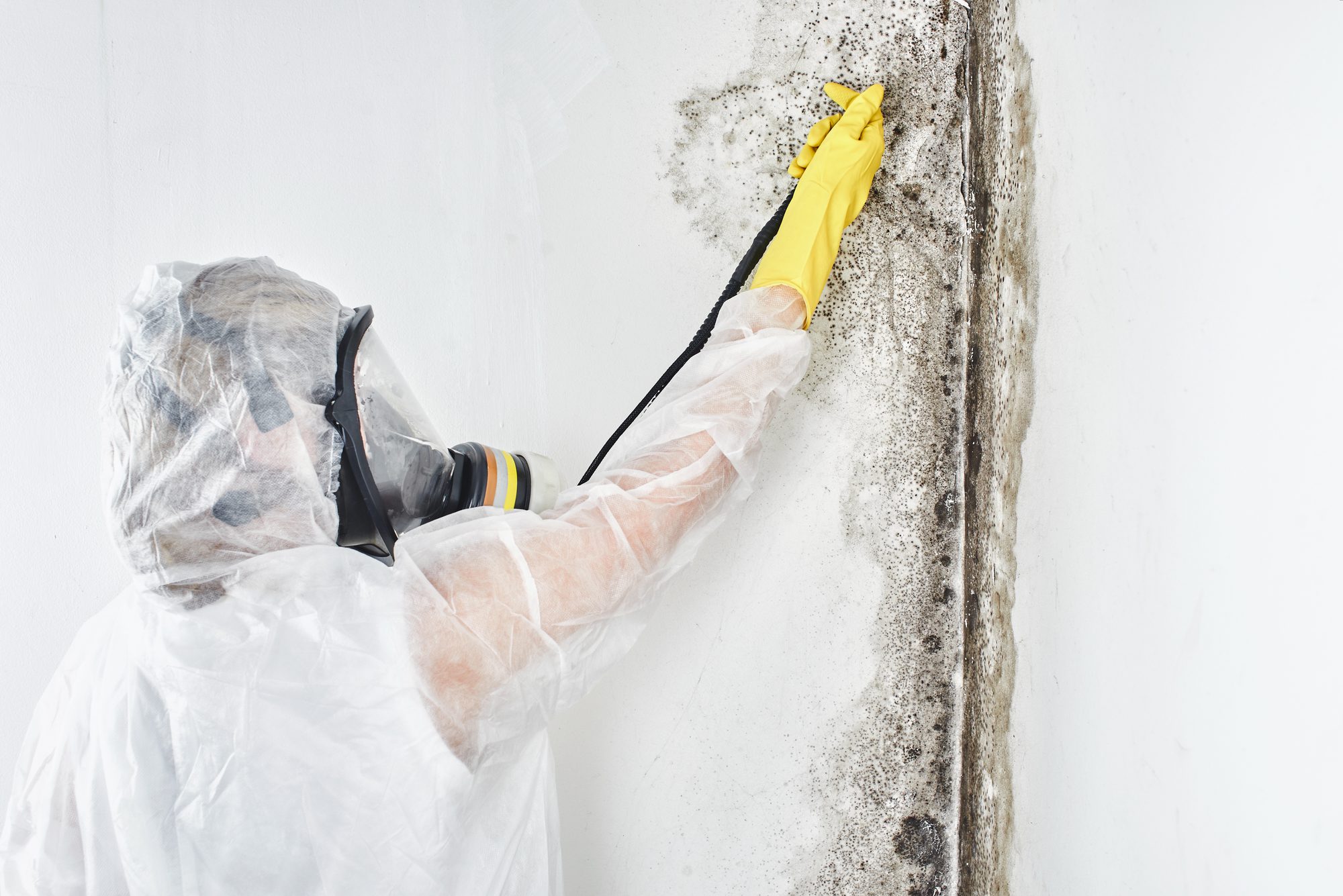
07 Jan 10 Best Mold Prevention Tips From the Mold Removal Specialists
10 Best Mold Prevention Tips From the Mold Removal Specialists
Mold exposure can cause various health problems ranging from minor irritations to allergic reactions and even serious lung infections. Mold thrives in moist areas. Therefore, to prevent mold growth in your home, you must control moisture levels. Check out this list of mold prevention tips:
- Repair leaks in the walls, roof, gutters, and plumbing pipes as soon as you can to reduce moisture. Inspect ceilings and walls for water stains.
- Keep indoor humidity at 30-50% by using a dehumidifier, air conditioner, or opening windows and doors. Check the humidity levels at least twice a day.
- Prevent condensation in your home by reducing humidity and adjusting the thermostat.
- Ventilate appliances that generate moisture (cooking stove, shower, dryer, etc.) using exhaust fans.
- Have your HVAC system inspected annually by a certified professional. Make sure your HVAC drip pans are clean and flow properly.
- After a flood, a professional water damage specialist must clean and dry all wet areas in your home within 48-72 hours.
- Prevent mold growth on indoor plant soil by adding a small quantity of Taheebo tea to the water you give to the plants.
- Use mold-resistant paint, drywall, and sheetrock to prevent moisture absorption in your walls.
- Slope the ground surrounding your home away from the house foundation to keep water at bay. Provide drainage to direct water away from your home.
- Clean gutters. Assure water flow from downspouts is directed away from the foundation.
You Can Control Mold
Mold can cause many health effects. For some people, mold can cause a stuffy nose, sore throat, coughing or wheezing, burning eyes, or skin rash. People with asthma or who are allergic to mold may have severe reactions. Immune-compromised people and people with chronic lung disease may get infections in their lungs from mold.
There is always some mold around. Molds have been on the Earth for millions of years. Mold can get in your home through open doors, windows, vents, and heating and air conditioning systems. Mold in the air outside can be brought indoors on clothing, shoes, bags, and even pets.
Mold will grow where there is moisture, such as around roof leaks, windows, pipes, or where there has been a flood. Mold grows on paper, cardboard, ceiling tiles, and wood. Mold can also grow in dust, paints, wallpaper, insulation, drywall, carpet, fabric, and upholstery.

If You Have Mold in Your Home
Mold can look like spots. It can be many different colors, and it can smell musty. If you see or smell mold, you should remove it. You do not need to know the type of mold.
If mold is growing in your home, you need to clean up the mold and fix the moisture problem. Mold can be removed from hard surfaces with household products, soap, and water, or a bleach solution of no more than 1 cup of household laundry bleach in 1 gallon of water.

If You Use Bleach to Clean up Mold
- Never mix bleach with ammonia or other household cleaners. Mixing bleach with ammonia or other cleaning products will produce poisonous gas.
- Always follow the manufacturer’s instructions when using bleach or any other cleaning product.
- Open windows and doors to provide fresh air.
- Wear rubber boots, rubber gloves, and goggles during the cleanup of affected areas.
- If you need to clean more than 10 square feet, check the U.S. Environmental Protection Agency (EPA) guide titled Mold Remediation in Schools and Commercial Buildings, which advices on all building types. You can get it by going to the EPA website at https://www.epa.gov/mold/mold-remediation-schools-and-commercial-buildings-guideexternal icon.

To Prevent Mold Growth in Your Home
- Keep humidity levels in your home as low as you can—no higher than 50%–all day long. An air conditioner or dehumidifier will help you keep the level low. You can buy a meter to check your home’s humidity at a home improvement store. Humidity levels change over the course of a day, so you will need to check the humidity levels more than once a day.
- Be sure the air in your home flows freely. Use exhaust fans that vent outside your home in the kitchen and bathroom. Make sure your clothes dryer vents outside your home.
- Fix any leaks in your home’s roof, walls, or plumbing, so mold does not have moisture to grow.
- Clean up and dry out your home thoroughly and quickly (within 24–48 hours) after a flood.
- Add mold inhibitors to paints before painting. You can buy mold inhibitors at paint and home improvement stores.
- Clean bathrooms with mold-killing products.
- Remove or replace carpets and upholstery that have been soaked and cannot be dried right away. Think about not using carpet in places like bathrooms or basements that may have a lot of moisture.
- To learn more about preventing mold in your home, see the Environmental Protection Agency’s book A Brief Guide to Mold, Moisture, and Your Home at https://www.epa.gov/sites/production/files/2016-10/documents/moldguide12.pdf [PDF – 1.38 MB].

Should I get my Home Tested for Mold?
CDC does not recommend mold testing. The health effects of mold can be different for different people, so you cannot rely on sampling and culturing to know if you or a member of your family might become sick. No matter what type of mold is present, you need to remove it. Also, good sampling for mold can be expensive, and there are no set standards for what is and what is not an acceptable quantity of different kinds of mold in a home. The best thing you can do is safely remove the mold and work to prevent future mold growth.